Asraar-e-Huroof- ‘Be’ Kise Kahte Hain?
‘Be’. Written as (ب) in Urdu Rasm-ul-Khatt, and in (ब) Devanagari, it is the second letter of the Urdu alphabets (Huruf-e-Tahajji), and the twenty-third consonant of the Nagari alphabets (वर्णमाला).

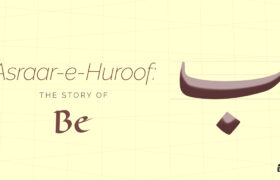
‘Be’. Written as (ب) in Urdu Rasm-ul-Khatt, and in (ब) Devanagari, it is the second letter of the Urdu alphabets (Huruf-e-Tahajji), and the twenty-third consonant of the Nagari alphabets (वर्णमाला).
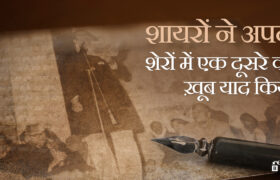
शायरी और अदब के चाहने वाले कभी भी एक ही शायर या अदीब को लेकर नहीं बैठते, ये तो मुमकिन है कि कोई एक अदीब उन्हें ज़ियादा पसंद हो, मगर ऐसा नहीं होता कि वो किसी और को न पढ़ें, मीर के आशिक़ ग़ालिब के भी दीवाने हो सकते हैं, जौन को चाहने वाले फ़ैज़ की नज़्में भी गुनगुनाते हुए मिल जाते हैं।
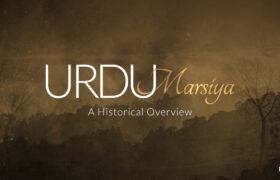
The term ‘Marsiya’ (elegy) is derived from Arabic word ‘risa’ which means lamentation of the dead person, weeping and wailing over the deceased. It existed in Iran as a well defined literary form, in pre-Islamic days. ‘Sog-e-Siyahwashan’ (mourning of Siyahwash, father of Kai Cyrus), ‘Marg-i-Zarir’ (the death of Zarir, brother of Gushtasp) and some others are still considered as legacy of ancient Persian literature.
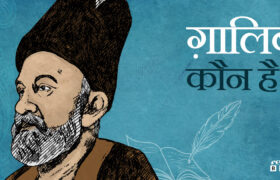
ग़ालिब कौन है, अब हम उससे क्या बताएँ कि जो ग़ालिब ही से पूछ रहा हो कि ग़ालिब कौन है। बहुत ग़ौर करें तो इसी शे’र में ग़ालिब निराश हो कर ये कहते हुए भी नज़र आते हैं कि- ”वो हमसे पूछ रहे हैं कि ग़ालिब कौन है तो कोई हमीं को बतलाओ कि हम क्या बतलाएँ कि हम कौन हैं।
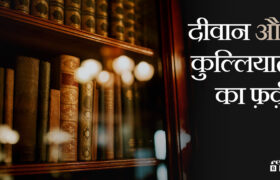
दीवान से मुराद किसी शाइर की किसी किताब में ग़ज़लों की ता’दात से नहीं होती। दीवान शाइर की उस किताब को कहते हैं, जिसमें बा-क़ाएदा किताब की पहली ग़ज़ल की रदीफ़ का आख़िरी हर्फ़ अलिफ़ ‘अ’ (ا ) होता है और आख़िरी ग़ज़ल की रदीफ़ का आख़िरी हर्फ़ बड़ी ‘ये’ (ے) होता है।
Enter your email address to follow this blog and receive notification of new posts.